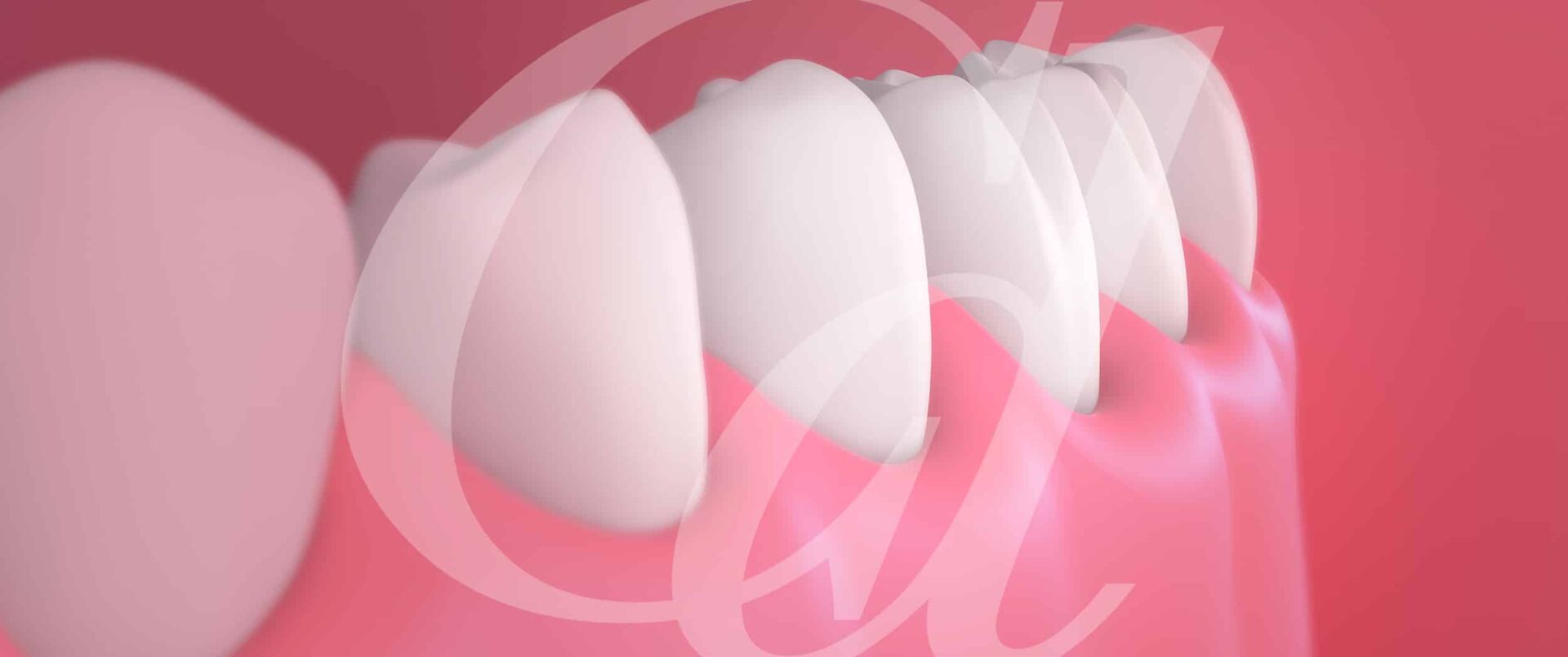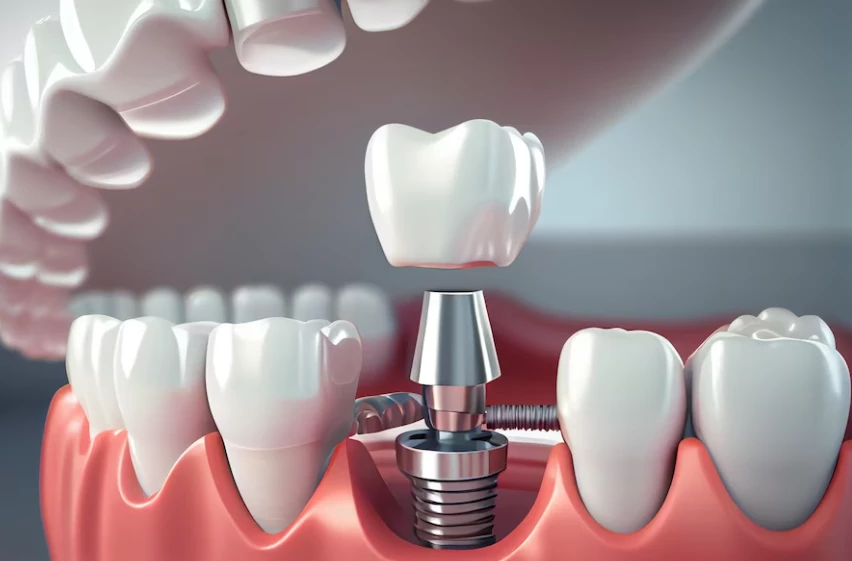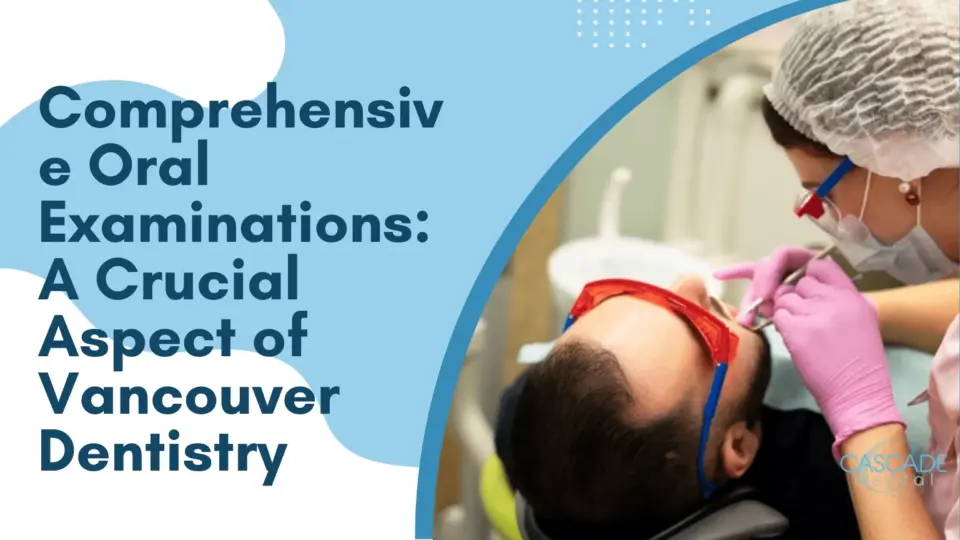Comprehensive Periodontal Care in Vancouver, WA: Restore Your Gum Health

At Cascade Dental, we believe that gum health is just as important as tooth health. Healthy gums are the foundation for a beautiful smile, and caring for them is essential to preventing tooth loss, infection, and other serious oral health issues. Our periodontal care services are designed to help you restore and maintain optimal gum health, preventing and treating gum disease with gentle, effective treatments tailored to your needs.
Whether you’re in need of a routine check-up or more specialized treatment, our team of experienced professionals is here to provide you with the care you deserve. Don’t wait until it’s too late—if you’re concerned about your gums, it’s time to take action and seek the treatment you need.
Why Choose Cascade Dental for Your Periodontal Treatment?
At Cascade Dental, we prioritize your comfort and well-being. Our approach to periodontal care combines expertise, advanced technology, and a compassionate approach to make your treatment as effective and comfortable as possible. Here’s why you should choose us for your gum health needs:
- Experienced Team: Our skilled dental professionals specialize in treating gum disease and offer personalized care plans to meet your specific needs.
- Advanced Technology: We use the latest in dental technology, including digital imaging and laser therapy, to ensure precise diagnoses and effective treatment.
- Comprehensive Care: From routine cleanings to advanced periodontal therapy, we offer a full range of services designed to restore and maintain your gum health.
- Patient-Centered Approach: We take the time to listen to your concerns and work with you to create a treatment plan that aligns with your goals and lifestyle.
At Cascade Dental, we are committed to providing the highest level of care to help you maintain healthy gums and a beautiful smile for life.
What is Gum Disease? Causes, Symptoms, and Types
Gum disease, also known as periodontal disease, is an infection of the tissues that surround and support your teeth. It is caused by the accumulation of plaque—a sticky film of bacteria—on your teeth and gums. If left untreated, gum disease can lead to tooth loss, bone damage, and other serious health problems.
Causes of Gum Disease
- Poor Oral Hygiene: Inadequate brushing and flossing allow plaque to build up, leading to gum disease.
- Smoking: Smoking or chewing tobacco is a major risk factor for gum disease.
- Genetics: Some people are more genetically predisposed to gum disease than others.
- Medications: Certain medications, such as those that reduce saliva production, can increase the risk of gum disease.
- Hormonal Changes: Pregnancy, menopause, and other hormonal changes can affect gum health.
- Medical Conditions: Diseases like diabetes can increase the risk of gum disease.
Symptoms of Gum Disease
- Bleeding gums when brushing or flossing
- Swollen, red, or tender gums
- Persistent bad breath
- Gum recession (gums pulling away from teeth)
- Loose or shifting teeth
Types of Gum Disease
- Gingivitis: The earliest stage of gum disease, characterized by inflammation of the gums. It’s usually reversible with good oral hygiene.
- Periodontitis: A more advanced stage of gum disease that affects the tissues and bone supporting your teeth. It may require more intensive treatment to prevent further damage.
Early detection and treatment are crucial to prevent gum disease from progressing to more severe stages.
How We Treat Gum Disease: Our 4-Step Process
At Cascade Dental, we’ve developed a comprehensive 4-step process to treat gum disease effectively and restore your gum health. Here’s what you can expect during your treatment:
Step 1: Comprehensive Evaluation
Your treatment begins with a thorough examination of your gums and teeth. We’ll measure the depth of any pockets around your teeth (the spaces between your gums and teeth) using a specialized probe. This allows us to assess the severity of the gum disease and determine the best course of action. We’ll also take digital X-rays to examine the bone structure around your teeth.
Step 2: Professional Cleaning
If you have gingivitis or early periodontitis, a professional cleaning (scaling and root planing) may be all that’s needed to remove plaque and tartar buildup from above and below the gumline. This cleaning procedure smooths the tooth roots to help your gums reattach to the teeth and reduces the risk of further infection.
Step 3: Advanced Periodontal Treatments (If Needed)
For more advanced gum disease, additional treatments may be necessary. These include:
- Laser Therapy: We use advanced laser technology to remove infected tissue and promote healing.
- Scaling and Root Planing: In more severe cases, a deeper cleaning technique may be required to clean the tooth roots and remove bacteria from the periodontal pockets.
Step 4: Maintenance and Follow-Up Care
After your treatment, we’ll schedule regular follow-up appointments to monitor your progress and maintain your gum health. We’ll provide personalized recommendations for home care, including proper brushing and flossing techniques, to ensure your gums stay healthy.
Periodontal Treatments We Offer
At Cascade Dental, we offer a full range of periodontal treatments to address all stages of gum disease. Our services include:
- Routine Cleanings: Essential for maintaining gum health and preventing gum disease.
- Scaling and Root Planing: A deep cleaning technique that removes plaque and tartar buildup below the gumline.
- Laser Periodontal Therapy: A non-invasive treatment option that uses laser technology to remove infected tissue and promote healing.
- Gum Grafts: For patients experiencing gum recession, we offer grafts to restore gum tissue and improve the appearance of your smile.
- Dental Implants: In cases of tooth loss due to gum disease, dental implants can restore your smile and improve your oral function.
Our goal is to provide personalized, effective treatment to restore your gum health and prevent further damage.
FAQs About Periodontal Treatment
Q: How long does periodontal treatment take?
A: The duration of treatment depends on the severity of your gum disease. A standard cleaning can take about an hour, while more advanced treatments may require multiple sessions. We’ll give you an estimated timeline based on your specific needs.
Q: Is periodontal treatment painful?
A: We use local anesthesia to ensure you’re comfortable during the procedure. Some mild discomfort or sensitivity may occur after the treatment, but this typically subsides within a few days.
Q: How can I prevent gum disease?
A: The best way to prevent gum disease is by maintaining good oral hygiene, including brushing at least twice a day, flossing daily, and visiting your dentist regularly for cleanings and checkups.
Q: Will my insurance cover periodontal treatment?
A: Many dental insurance plans cover some periodontal treatments, especially if they’re deemed medically necessary. We’ll help you navigate your insurance coverage and provide a cost breakdown during your consultation.
Restore Your Gum Health—Schedule a Consultation Today!
If you’re experiencing symptoms of gum disease or want to learn more about how to maintain healthy gums, it’s time to schedule a consultation with Cascade Dental. Our team is here to help you restore your gum health and maintain a beautiful, confident smile.
Call us at (360) 892-2994 or schedule your consultation online to get started on your path to healthy gums today!

